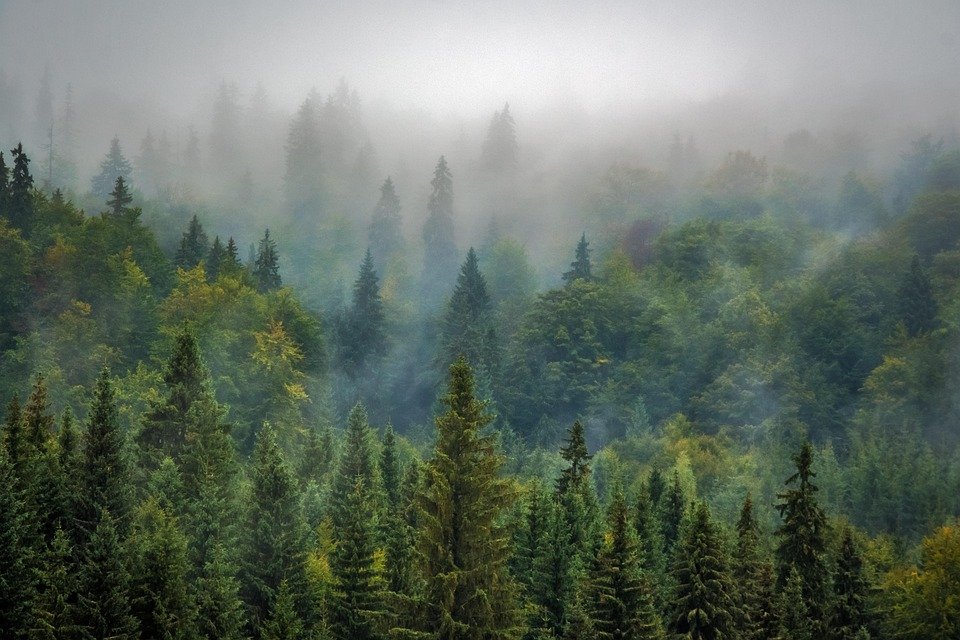By Public Service Associate Autumn
Everyone knows that humans (unlike much cooler reptiles) are warm blooded, or homeothermic.1 Our bodies try very hard to keep us at one consistent temperature, normally about 98 degrees. Even a four degree change in body temperature in either direction can cause us irreparable harm and a spiral into death. Understandably, this means that humanity has a pretty universal “comfortable” living temperature, between about 68- and 77-degrees Fahrenheit,2 where maintaining your core temperature isn’t too metabolically taxing. Despite this, humans live in basically every ecological niche there is, from Siberia and Northern Canada to the Sahara. Some of this adaptability is technological,3 but a fair amount of it is our bodies’ astonishing ability to cool us off and heat us up. What’s most interesting, to me at least, is how the body does this and what happens when those adaptations fail.
